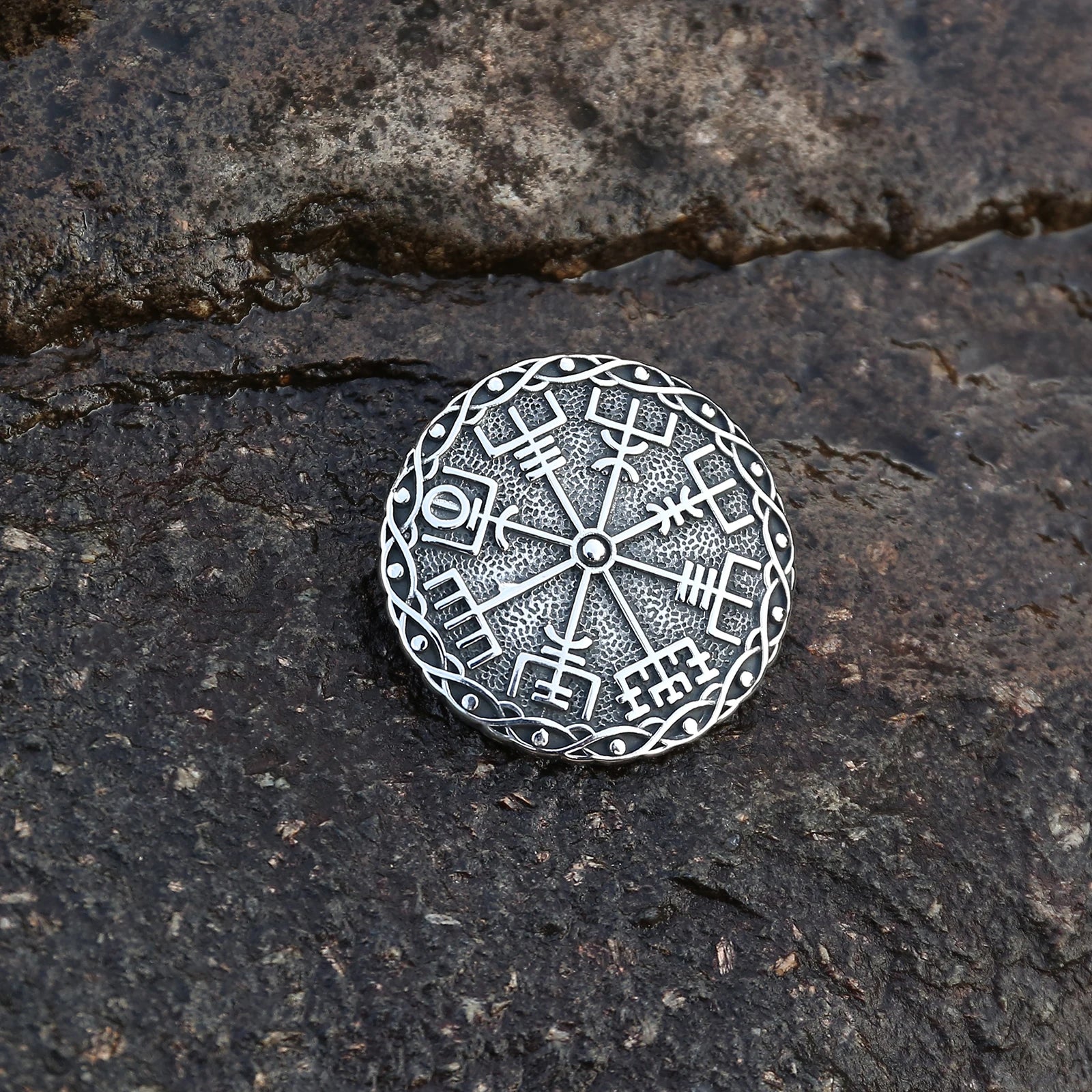
Ingólfr Arnarson: The Pioneering Settler Who Founded Iceland
In the annals of Norse exploration, few figures stand as prominently as Ingólfr Arnarson, the legendary Norwegian chieftain credited with establishing the first permanent Norse settlement in Iceland. His journey, steeped in both historical fact and mythological narrative, represents a pivotal moment in the Viking Age's expansionist era, marking the beginning of Iceland's human history and Norse colonization of the North Atlantic islands.
Early Life in Norway
Ingólfr emerged from the complex social landscape of 9th-century Norway, a period characterized by political fragmentation and increasing social tensions. Born into a prominent family in the western Norwegian region of Rogaland, he belonged to the class of landed nobles who wielded significant local influence. The socio-political environment of medieval Scandinavia during this period was marked by increasing centralization under emerging royal powers, particularly those of Harald Fairhair, who sought to consolidate the Norwegian kingdoms.
Motivations for Emigration
The decision to leave Norway was not arbitrary but rooted in complex historical circumstances. Contemporary historical sources, including the Landnámabók (Book of Settlements), suggest that political conflicts played a crucial role in Ingólfr's migration. The expanding power of Harald Fairhair and the resulting social restructuring created significant pressures for ambitious Norse nobles seeking autonomy and new opportunities.
The Legendary Journey to Iceland

Mythological and Historical Narrative
Ingólfr's voyage to Iceland represents more than a simple migration; it embodies a profound cultural practice of Norse exploration. According to traditional accounts, he employed a distinctive method of navigation and settlement selection that reflected deep-rooted Norse spiritual beliefs. By casting carved wooden pillars (called "high seat pillars") into the sea and following their drift, Ingólfr claimed to be guided by divine providence to his eventual settlement location.
Geographical Challenges
The journey itself was fraught with extraordinary challenges. Crossing the treacherous North Atlantic in open wooden vessels required exceptional maritime skills, navigational knowledge, and considerable courage. Ingólfr's successful voyage demonstrated the remarkable nautical capabilities of Norse seafarers during the Viking Age.
Settlement and Establishment of Reykjavík

Painting by Johan Peter Raadsig depicting Ingólfr Arnarson arriving at Reykjavík
Initial Settlement
Arriving in Iceland around 874 CE, Ingólfr established his farmstead in what would become Reykjavík, modern Iceland's capital. His settlement marked the beginning of systematic Norse colonization of the island. Archaeological and historical evidence suggests that Ingólfr brought with him not just family and immediate companions but a comprehensive understanding of agricultural and societal organization.
Interaction with Existing Environment
Contrary to popular misconceptions, Ingólfr did not arrive in an entirely uninhabited landscape. While permanent human settlements were absent, there is evidence of prior temporary habitation by Irish monks. Ingólfr's approach to the new environment involved careful observation, adaptation, and strategic resource utilization.
Political and Social Leadership
Ingólfr quickly established himself as more than a mere settler. He emerged as a primary political leader, implementing governance structures that would form the foundation of Icelandic social organization. His leadership style balanced traditional Norse hierarchical systems with the unique challenges presented by the island's distinct geographical and climatic conditions.
Legacy and Historical Significance

Demographic Impact
Ingólfr's settlement initiated a significant demographic transformation. Within decades of his arrival, substantial Norse populations had established themselves across Iceland, fundamentally altering the island's ecological and cultural landscape. Genetic and archaeological studies continue to reveal the profound impact of this initial settlement.
Cultural Transmission
Beyond immediate physical settlement, Ingólfr facilitated the transmission of Norse cultural practices, linguistic traditions, and social structures. The community he established would become a critical node in the broader Norse cultural network, maintaining connections with Norway while developing distinctive Icelandic characteristics.
Conclusion
Ingólfr Arnarson represents far more than a historical footnote. He embodies the Viking Age's spirit of exploration, adaptation, and cultural transformation. His journey to Iceland was not merely a personal migration but a pivotal moment in human geographical expansion, demonstrating how individual agency could reshape entire landscapes and establish enduring societal foundations.

The famous statue by Einar Jónsson, up on Arnarhóll in Reykjavík (Photo: Willem Van De Poll CC0)
Frequently Asked Questions
- When did Ingólfr Arnarson settle in Iceland?
Approximately 874 CE, marking the traditional date of permanent Norse settlement.
- Where exactly did he first settle?
In the area now known as Reykjavík, Iceland's current capital.
- What were his primary motivations for leaving Norway?
Political pressures, desire for autonomy, and potential conflicts with Harald Fairhair.
- How did he navigate to Iceland?
Using traditional Norse maritime techniques and spiritual practices involving wooden pillars.
- What was his lasting impact on Icelandic history?
He established the first permanent settlement and laid groundwork for Icelandic social and political structures.
References
Benediktsson, Jakob. "Íslendingabók - Landnámabók"
Jóhannesson, Jón. "A History of the Old Icelandic Commonwealth"
Nordal, Sigurður. "Icelandic Culture"
Byock, Jesse L. "Viking Age Iceland"
Gunnar Karlsson. "Iceland's 1100 Years"








